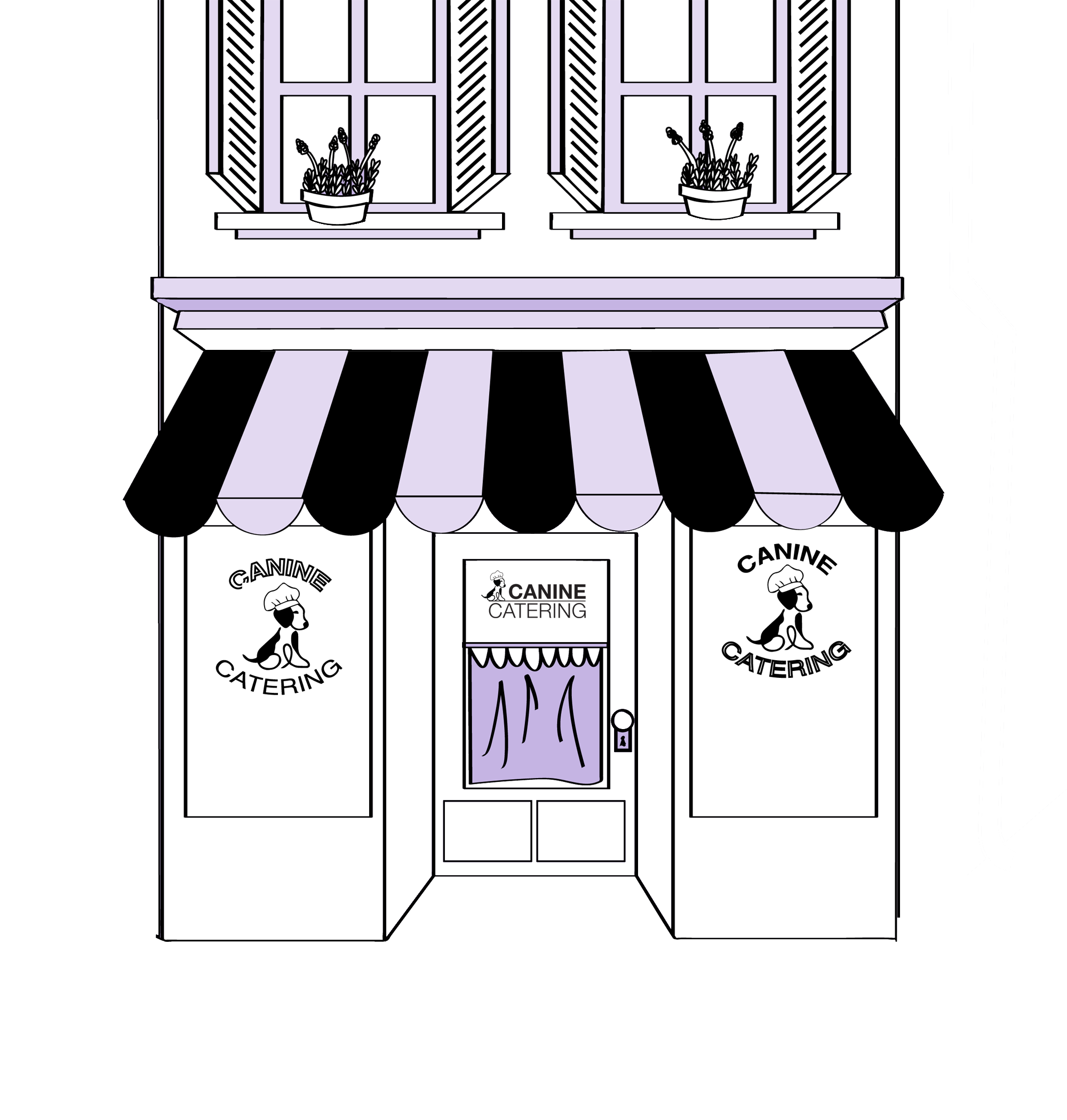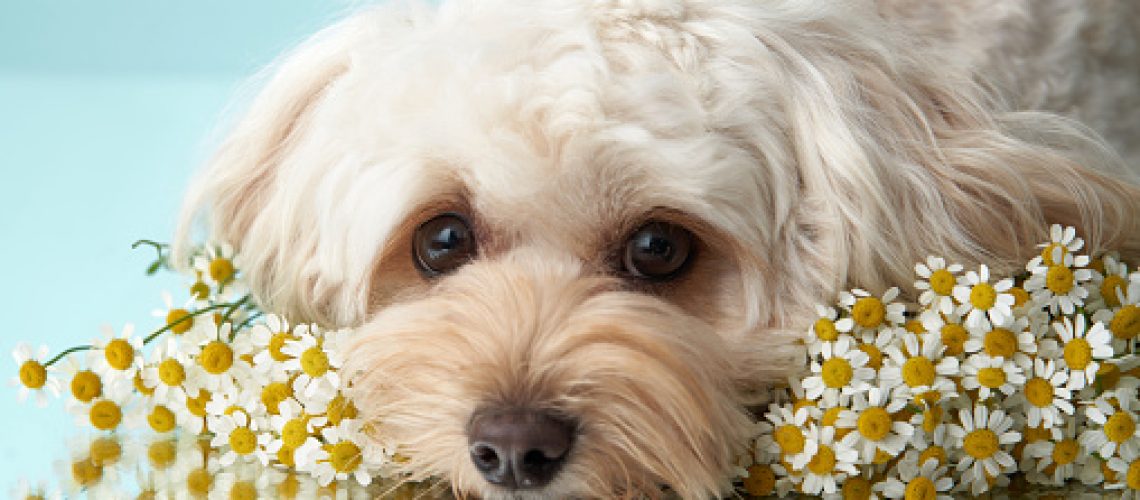Chatting with a friendly stranger the other day (at the dog park of course – where else?) he said there’d been no animals in his home as a child, due to allergies. It gave us pause to imagine – one of us grew up on a farm with working dogs and rode her horse to school, the other was happily outnumbered by rescue dogs, cats, gerbils, fish, a rabbit, etc. Now, thankfully, allergies don’t mean missing out on the joy of doggy companionship. While no dog is completely hypoallergenic, some breeds are known to produce fewer allergens and shed less dander, making them less likely to cause an allergic reaction.
What causes a reaction?
Dog allergies are typically caused by proteins found in a dog’s skin cells, saliva, and urine. These proteins attach to dander (dead skin flakes) and hair, which can become airborne and trigger allergic reactions. Symptoms may include sneezing, itchy eyes, runny nose, and skin rashes.
What Makes a Dog ‘Hypoallergenic’?
So-called hypoallergenic dogs are breeds that tend to shed less hair and dander. They often have hair instead of fur, or a curly coat that traps dander, reducing its spread into the environment. Regular grooming and cleaning can further minimise allergens.
Popular dogs for allergy sufferers
Poodle
Poodles come in toy, miniature, and standard sizes. 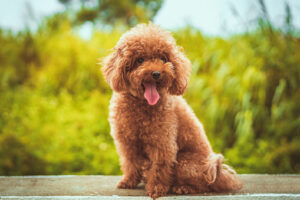 Their curly, non-shedding coat makes them one of the most popular choices for allergy sufferers. Poodles are intelligent, amenable to training, and adapt well to various living situations.
Their curly, non-shedding coat makes them one of the most popular choices for allergy sufferers. Poodles are intelligent, amenable to training, and adapt well to various living situations.
Cavoodle/Cavapoo (Cavalier King Charles Spaniel x Poodle)
A crossbreed that combines the gentle nature of 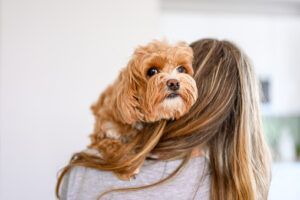 the Cavalier King Charles Spaniel with the low-shedding coat of the Poodle. They need more companionship than most, they’re so affectionate and friendly. Making up 75% of our doggy day care, we get loved on a lot.
the Cavalier King Charles Spaniel with the low-shedding coat of the Poodle. They need more companionship than most, they’re so affectionate and friendly. Making up 75% of our doggy day care, we get loved on a lot.
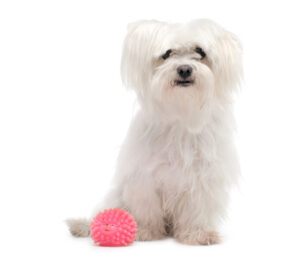 Maltese
Maltese
Maltese dogs have long, silky hair that sheds very little.They are small, lively, and make excellent companions for those living in apartments.
Schnauzer
There are miniature, standard, and giant sizes. Schnauzers have 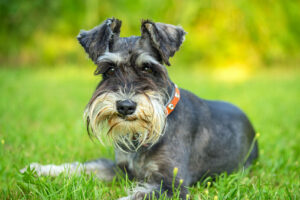 a wiry coat that doesn’t shed much. They are energetic, and good watchdogs.
a wiry coat that doesn’t shed much. They are energetic, and good watchdogs.
Bichon Frise
The Bichon Frise has a soft, curly coat that produces minimal dander.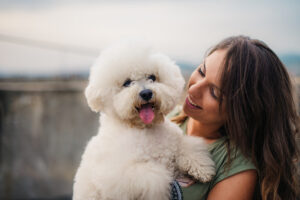 They’re cheerful, playful dogs and just adorable (OK, I’m biased. Love you, Taffy)
They’re cheerful, playful dogs and just adorable (OK, I’m biased. Love you, Taffy)
Shih Tzu
Shih Tzus have hair rather than fur, which reduces the amount of dander 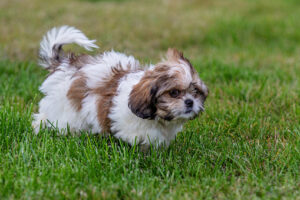 released into the environment. They are affectionate, friendly, and adapt well to indoor living.
released into the environment. They are affectionate, friendly, and adapt well to indoor living.
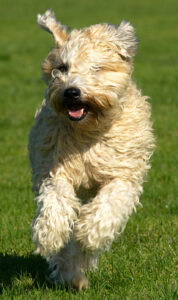 Soft-coated Wheaten Terrier
Soft-coated Wheaten Terrier
A medium-sized working dog, they are known for their lively exuberance and enthusiasm. They’re affectionate, intelligent, and like to be busy.
Lagotto Romagnolo
The “Italian truffle dog,” is small to medium sized, 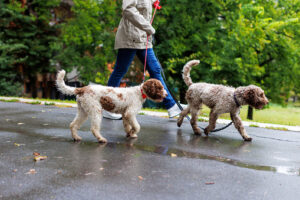 and has a curly, water-resistant coat that is less likely to cause allergic reactions. This breed is energetic, intelligent and loves outdoor activities.
and has a curly, water-resistant coat that is less likely to cause allergic reactions. This breed is energetic, intelligent and loves outdoor activities.
Be prepared for brushing & grooming
Low-shedding doesn’t mean that these dogs’ coats are low maintenance. Far from it. These coats can quickly get matted if not brushed regularly. Outdoorsy dogs, especially keen swimmers, will need even more brushing. They also need regular professional grooming (eg. 4-6 weeks for a poodle, 6-8 weeks for a cavoodle).
Tips for Managing Allergies with Dogs
- Brush and bathe your dog frequently to reduce dander.
- Vacuum carpets, wash bedding, and clean furniture regularly.
- Use HEPA filter air purifiers to trap airborne allergens.
- it may help to restrict your dog from your bedroom, or at least from the bed.
How’d it go? Share your stories and tips in the comments!

